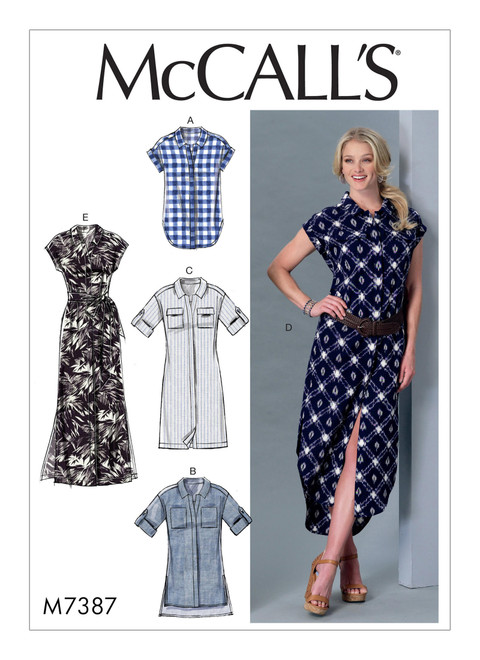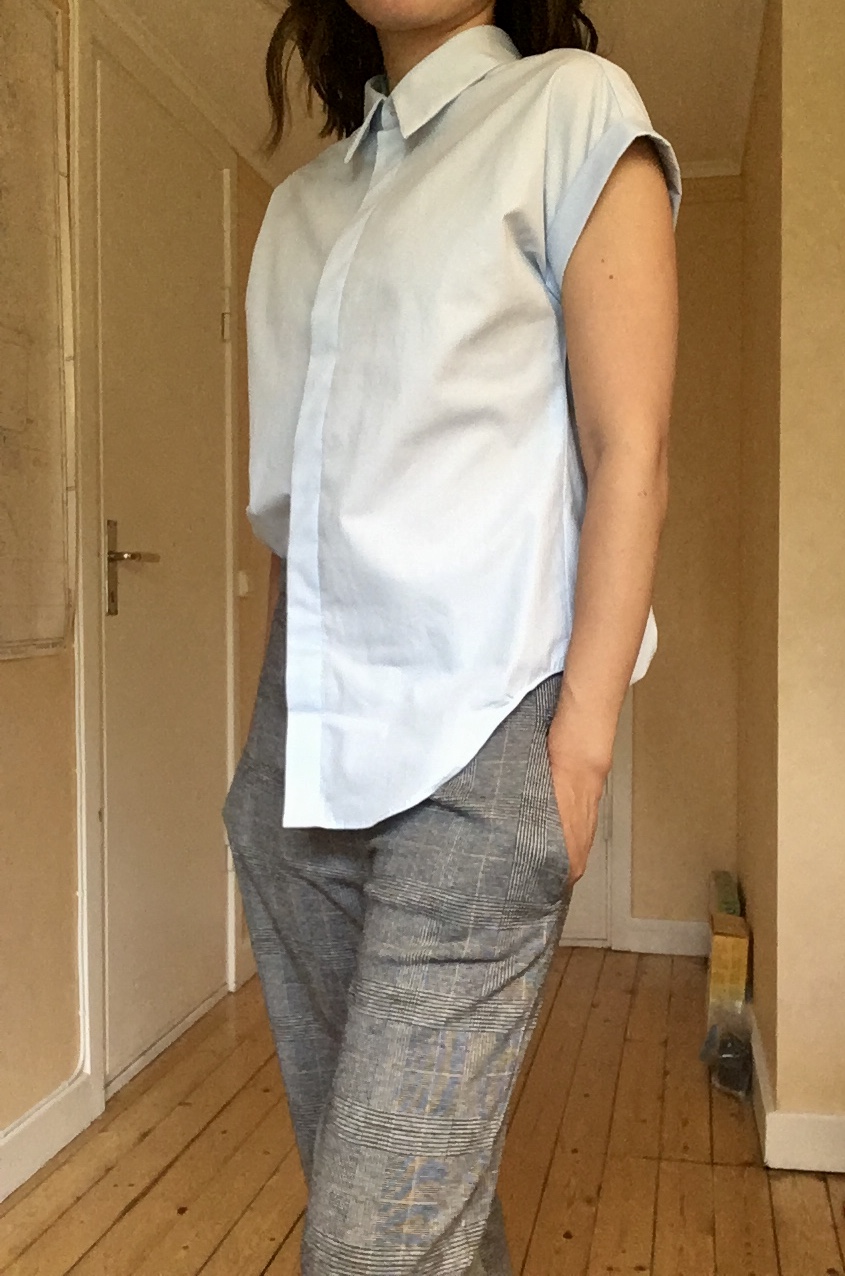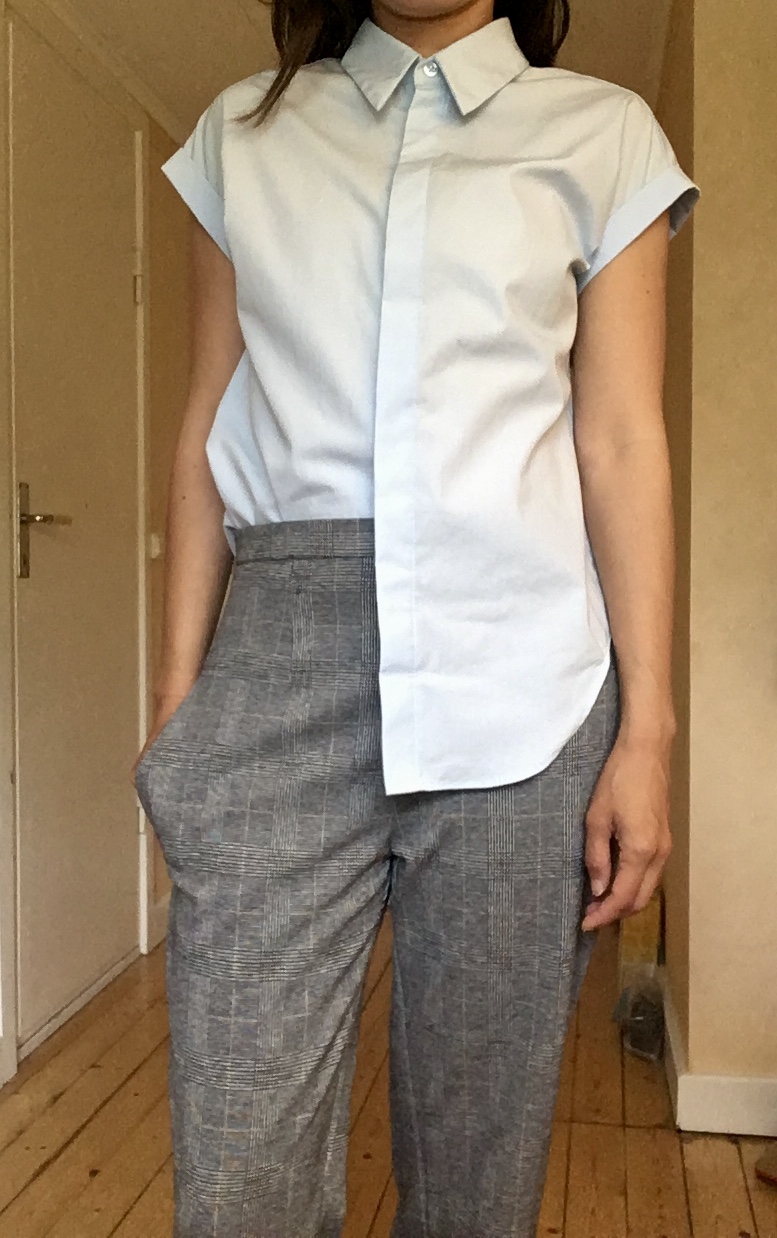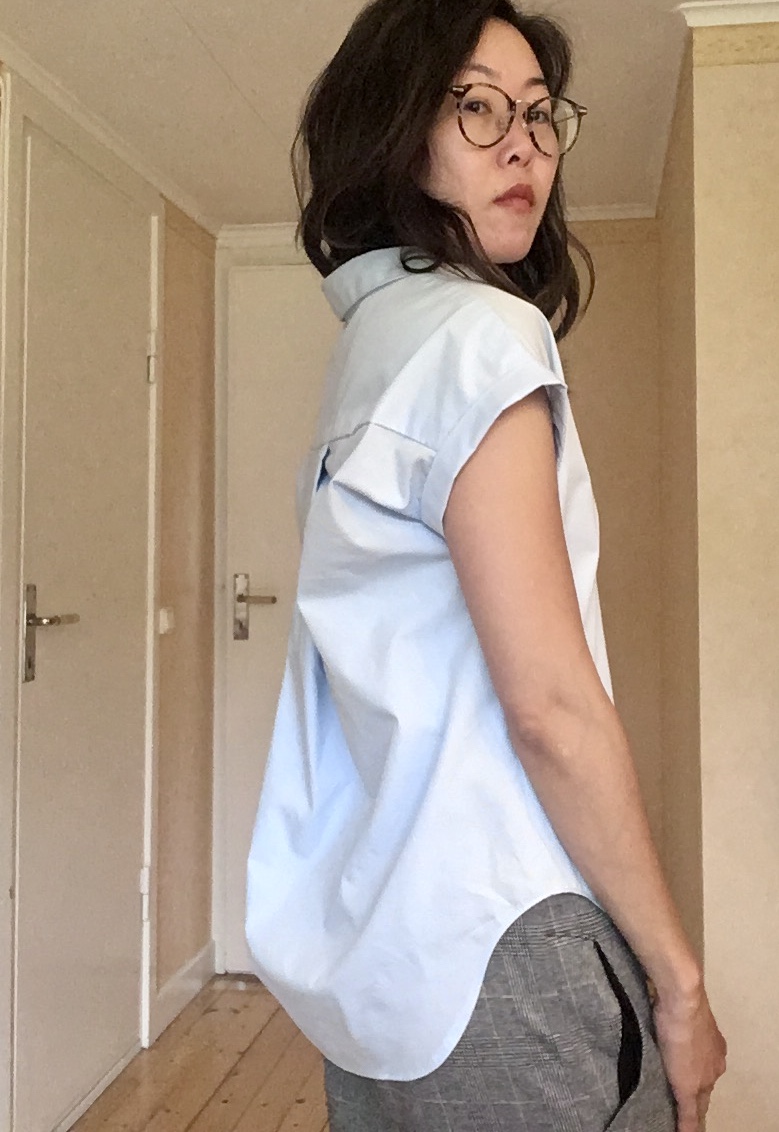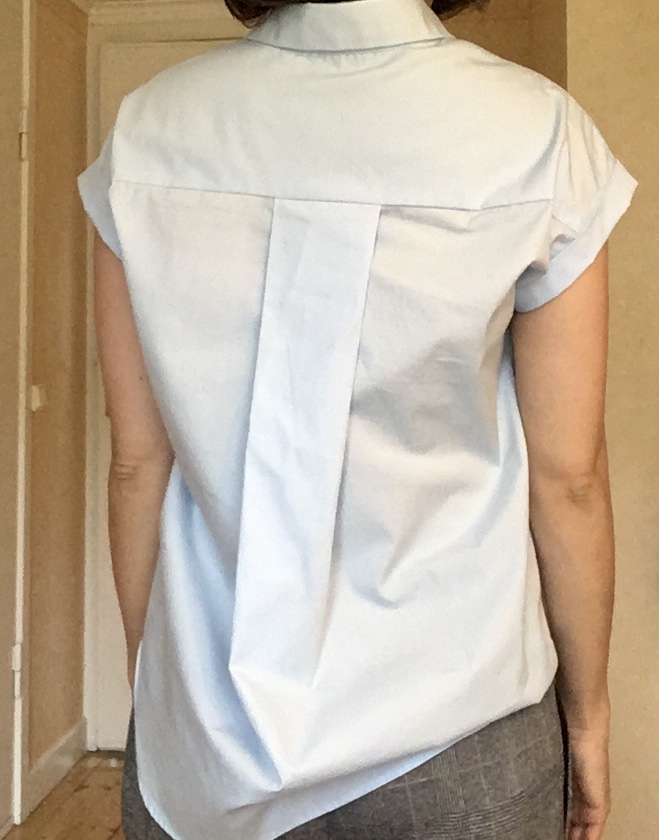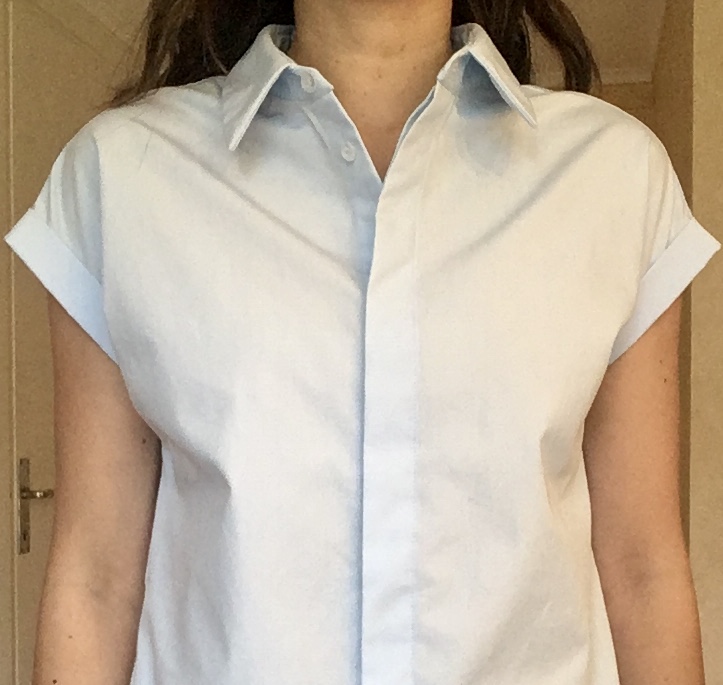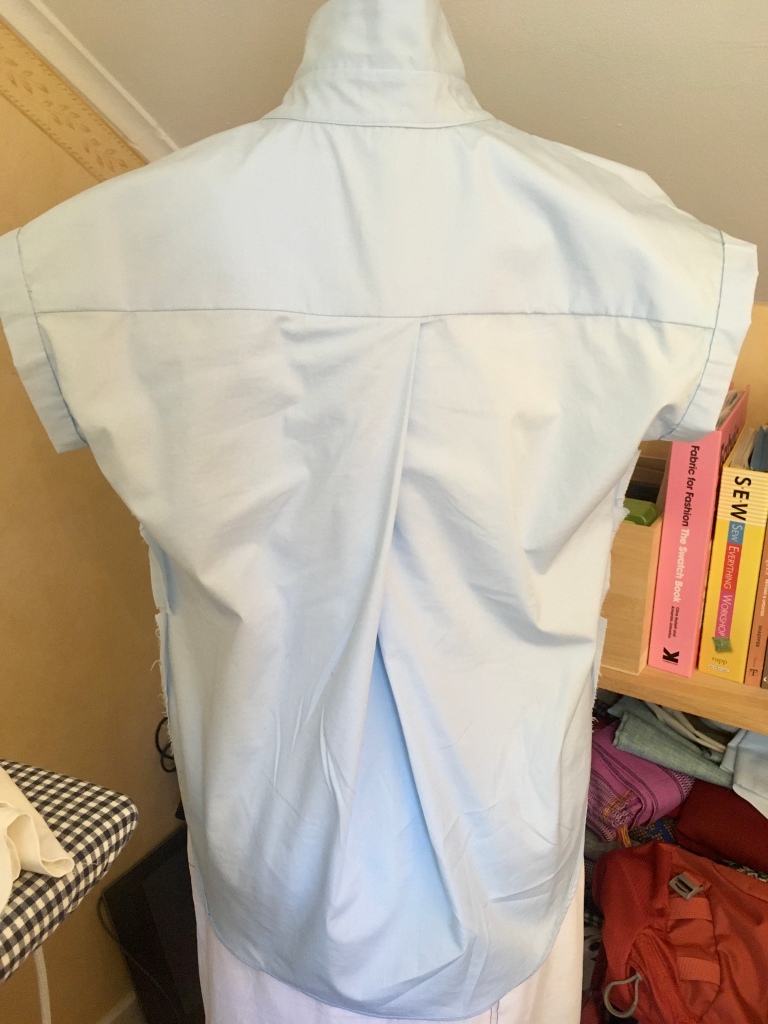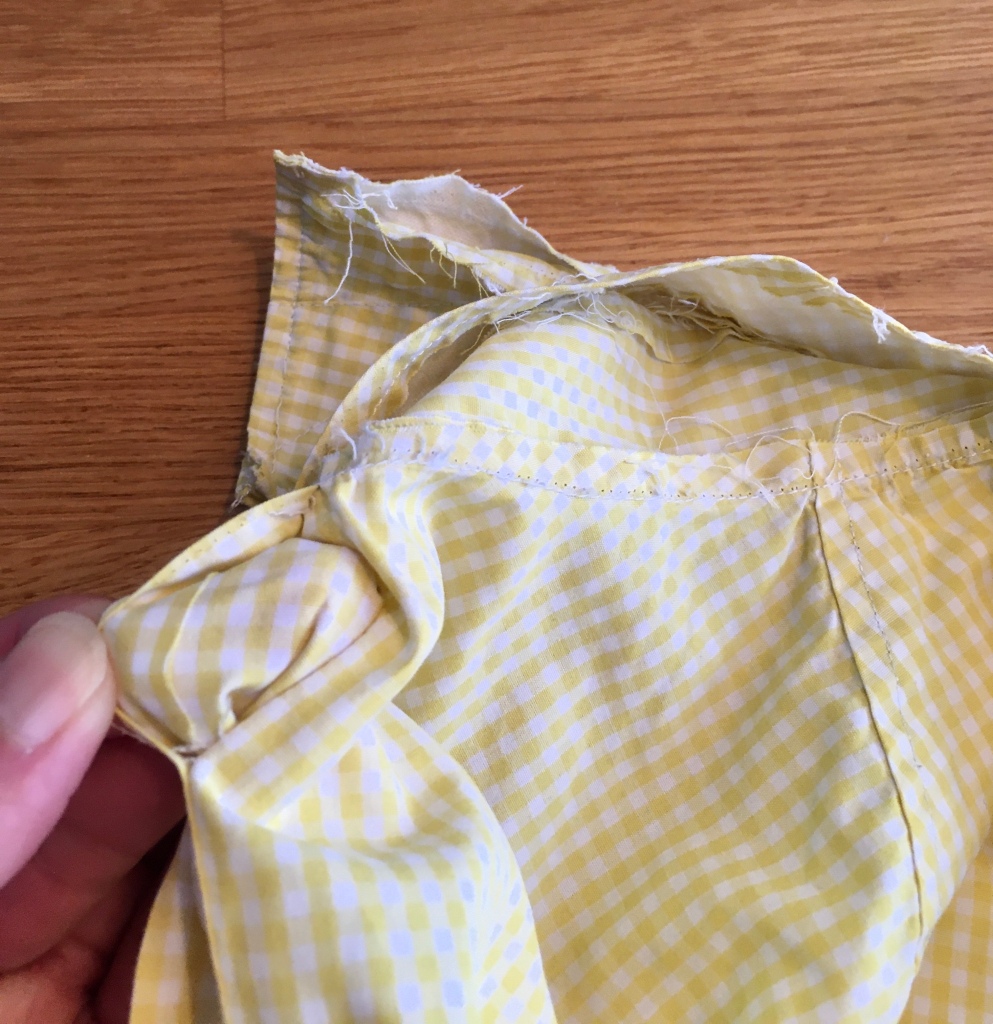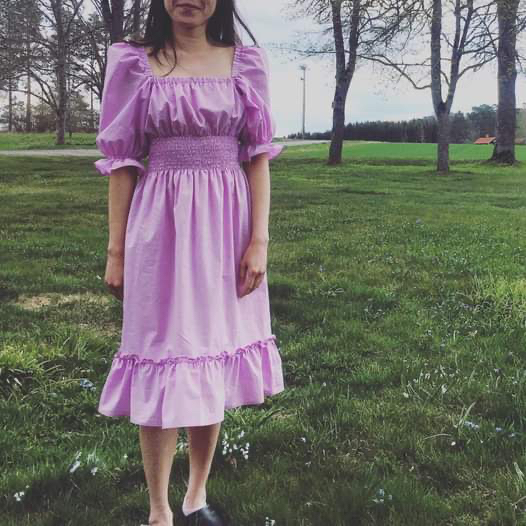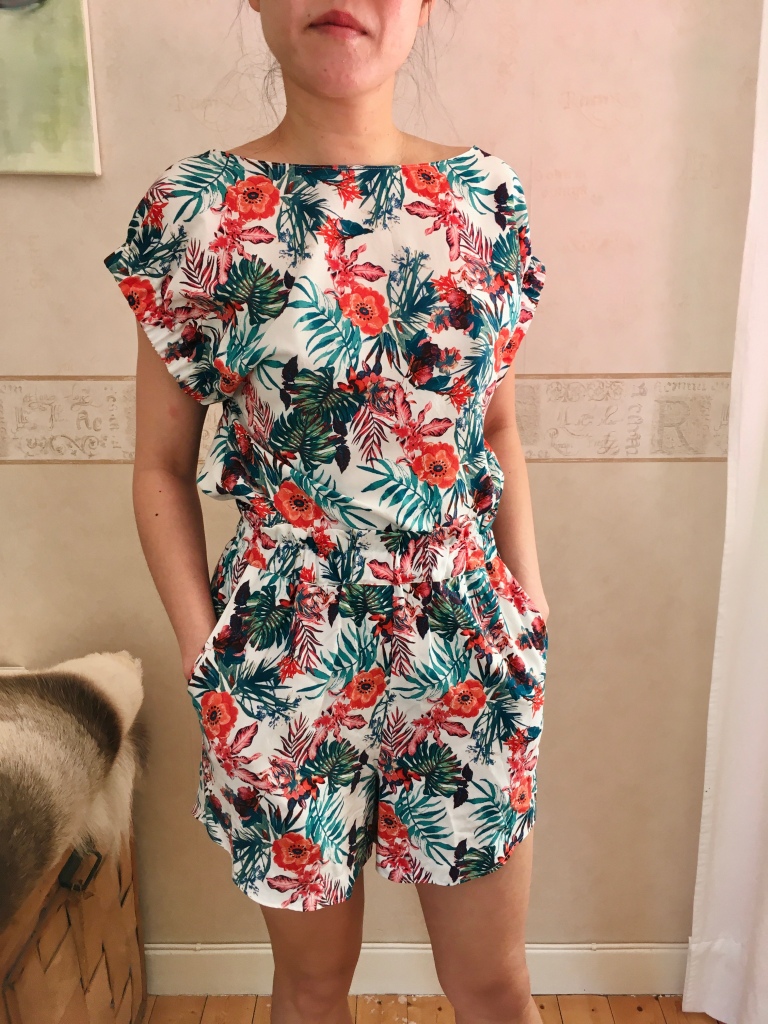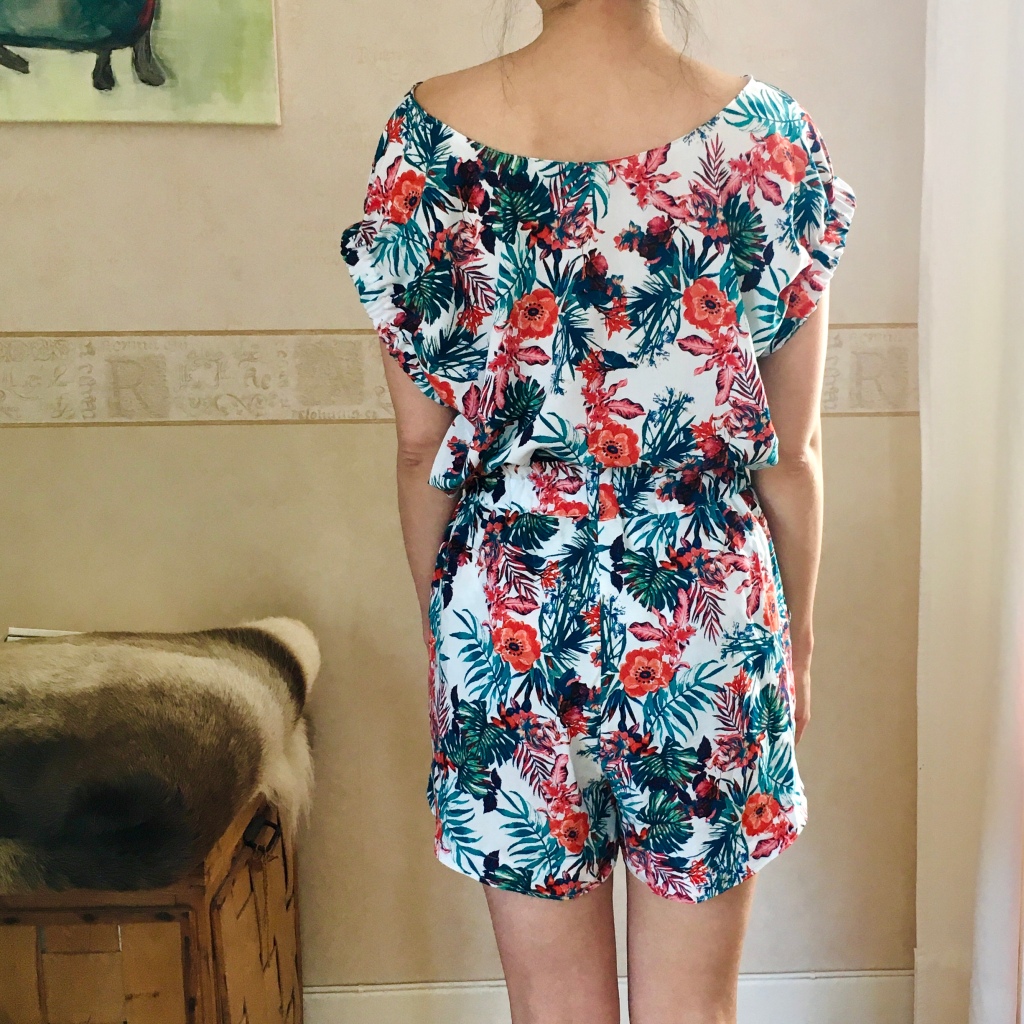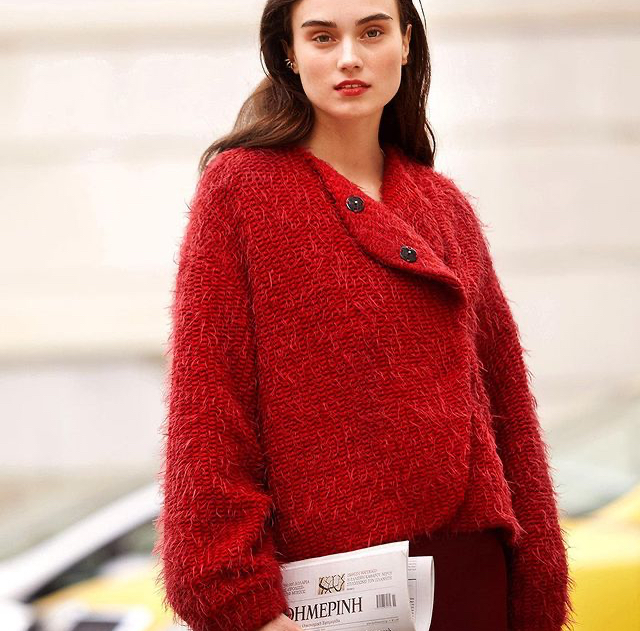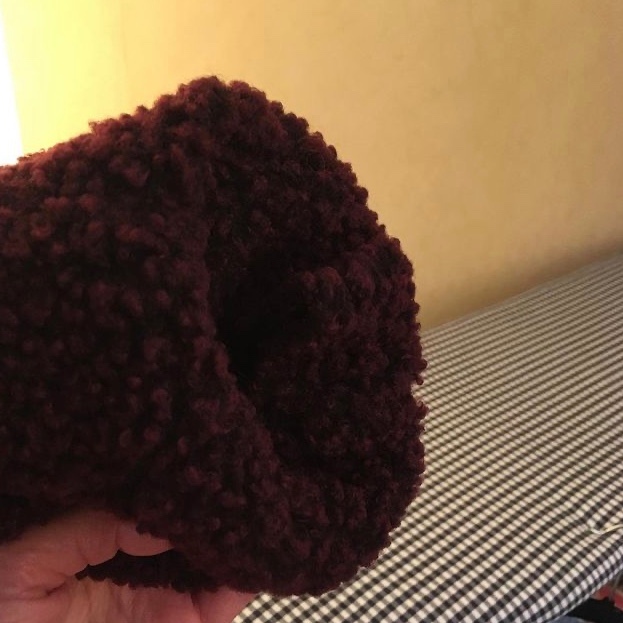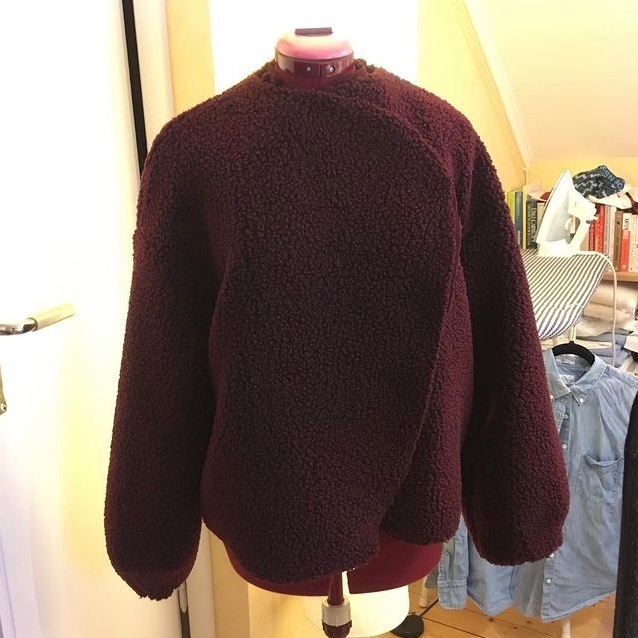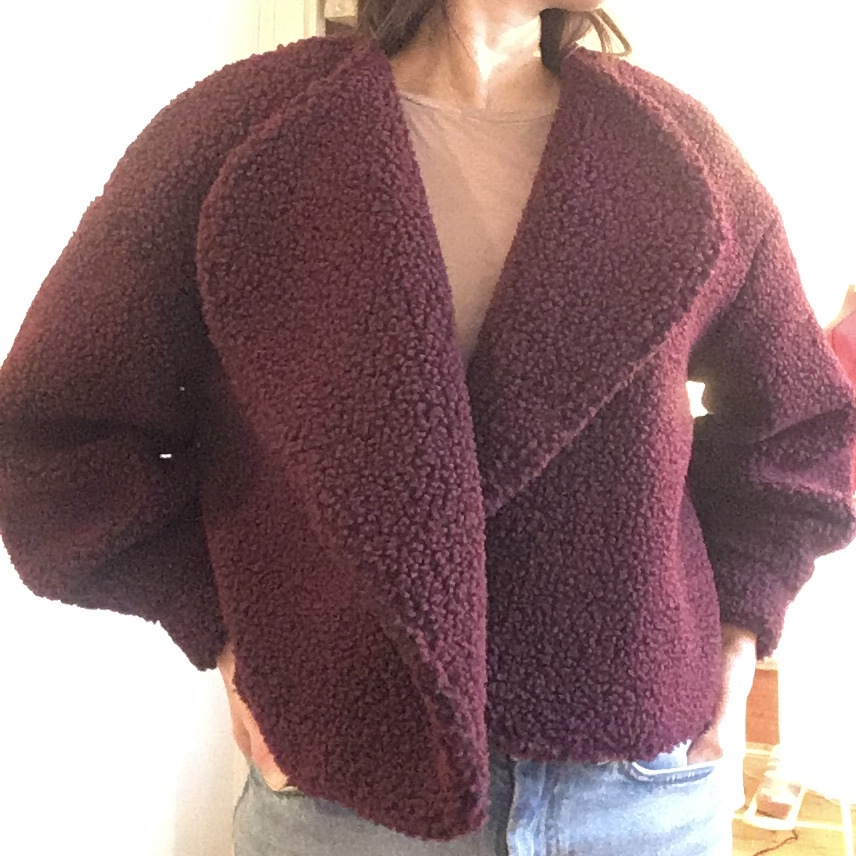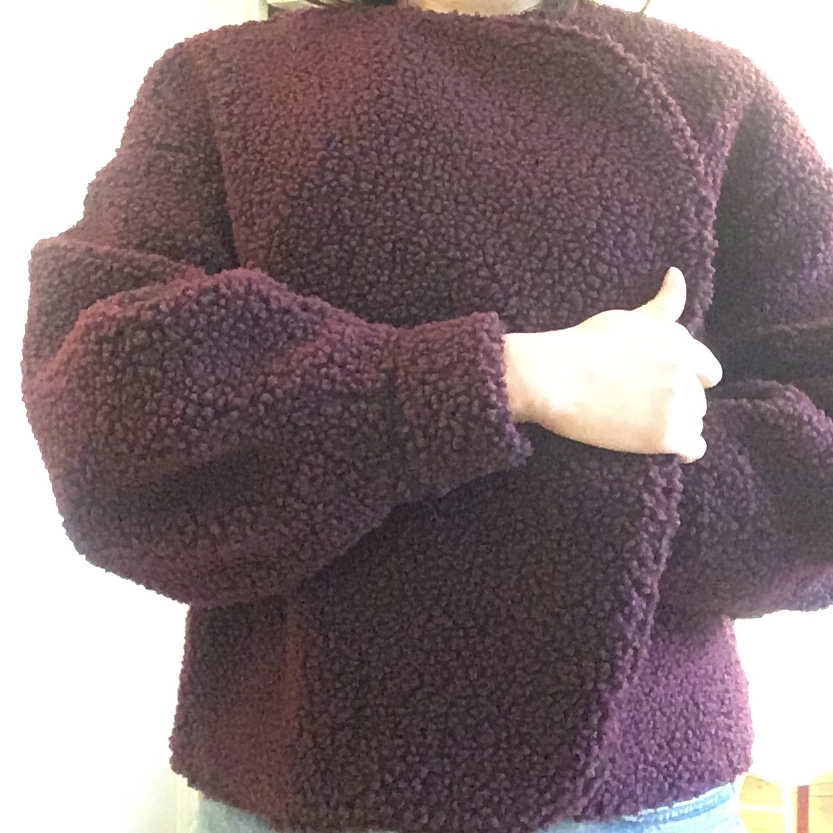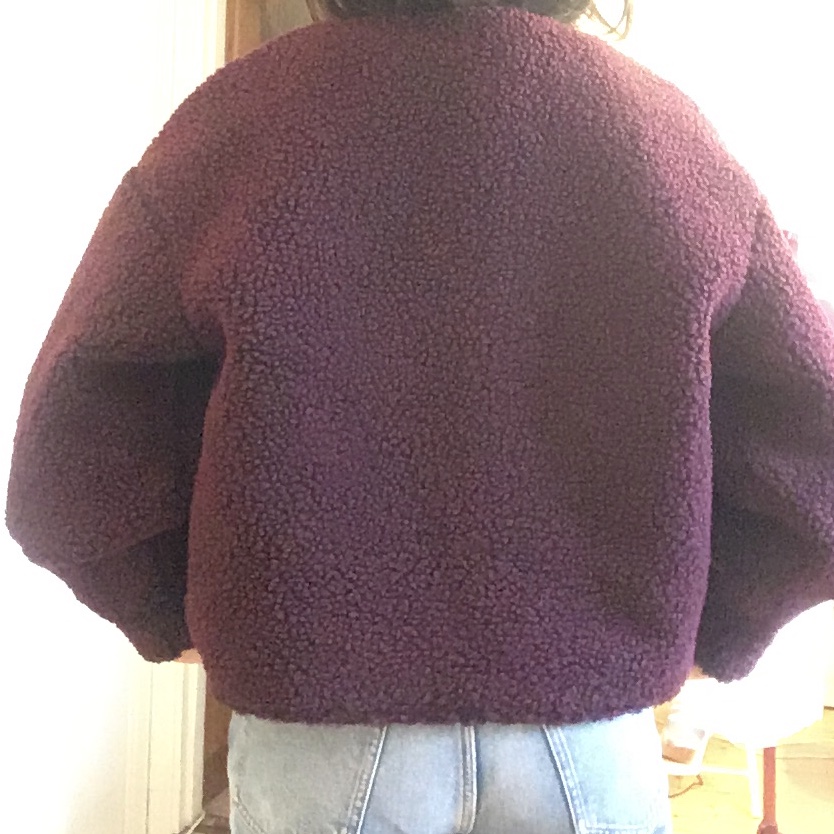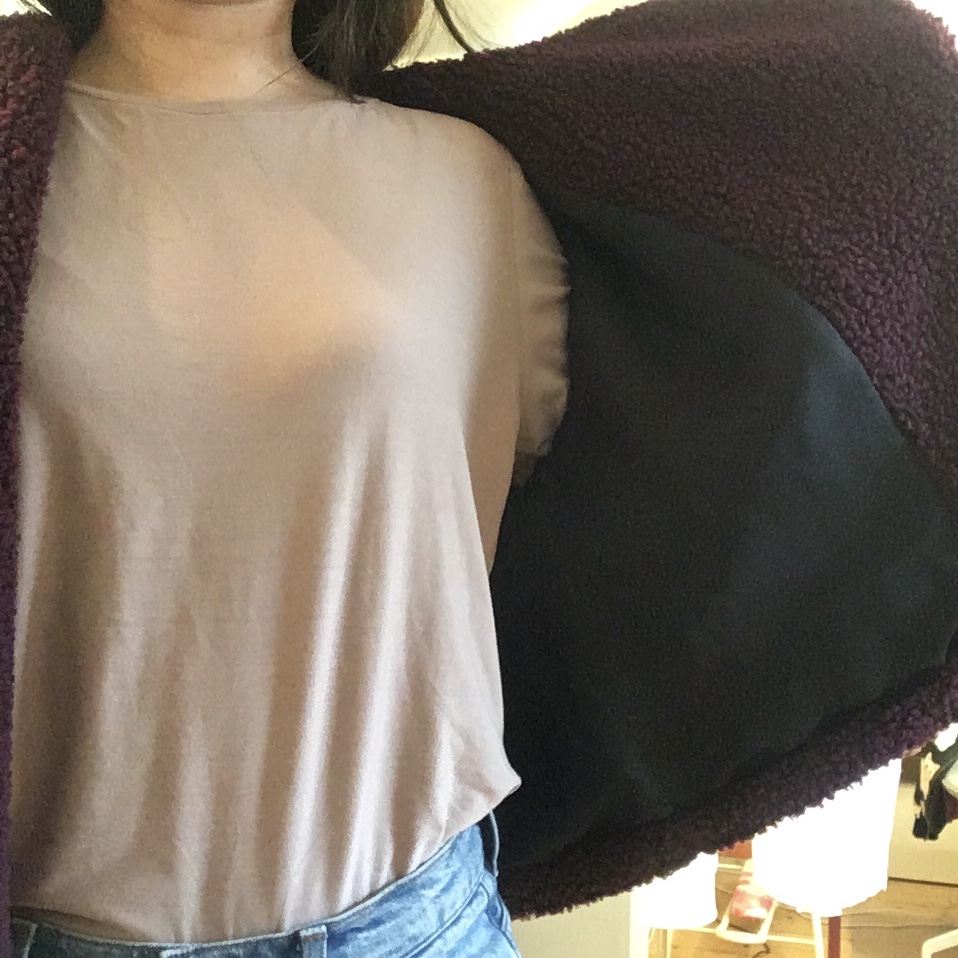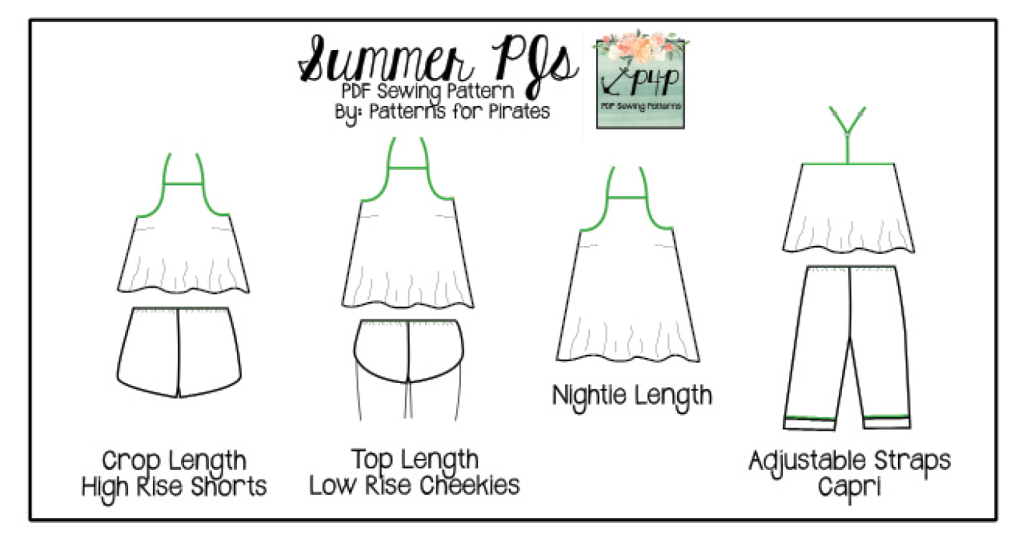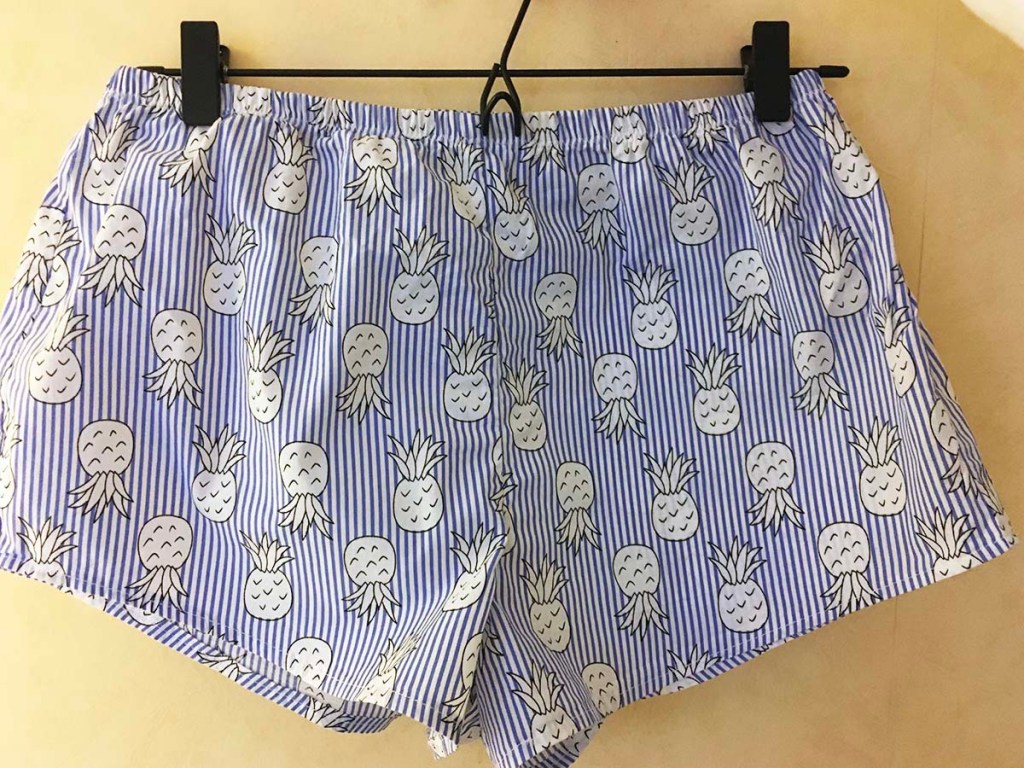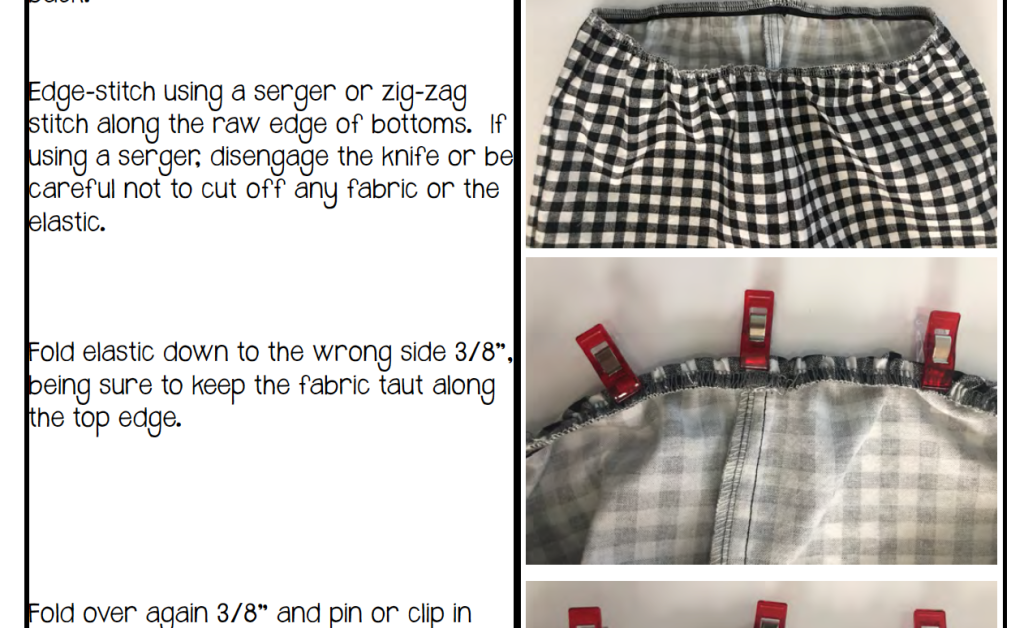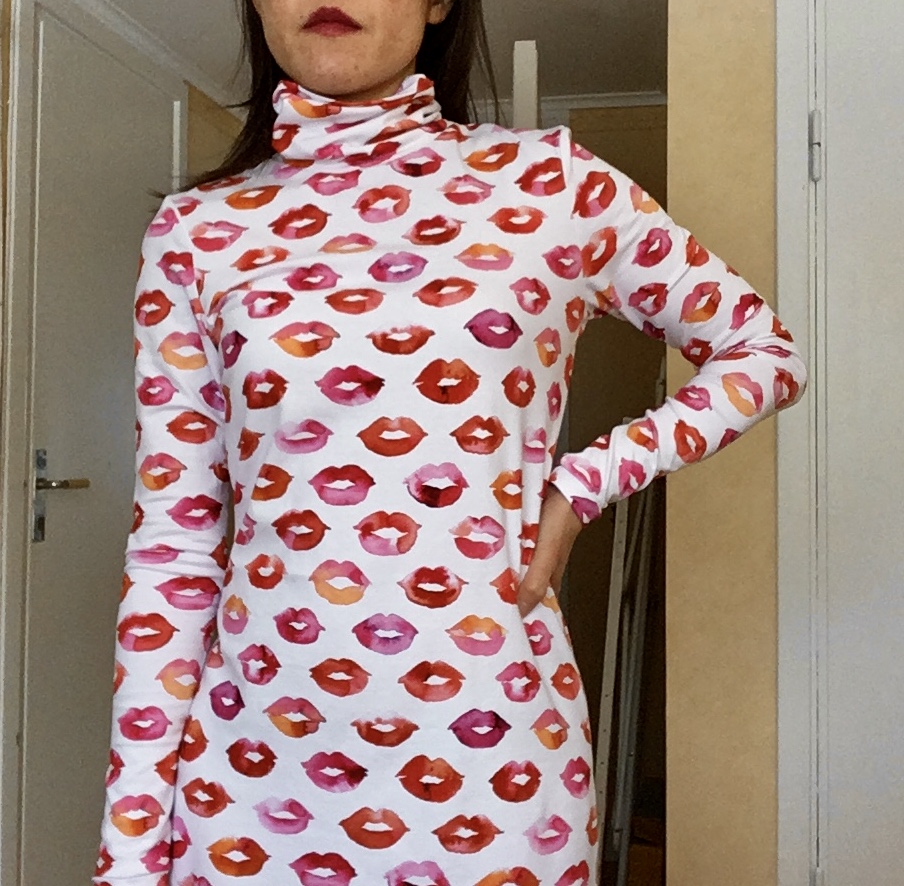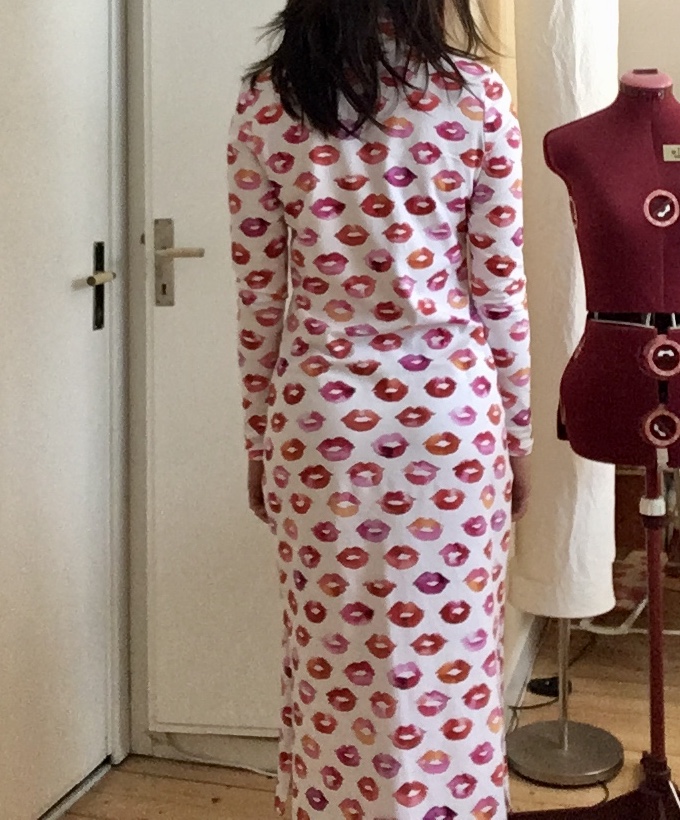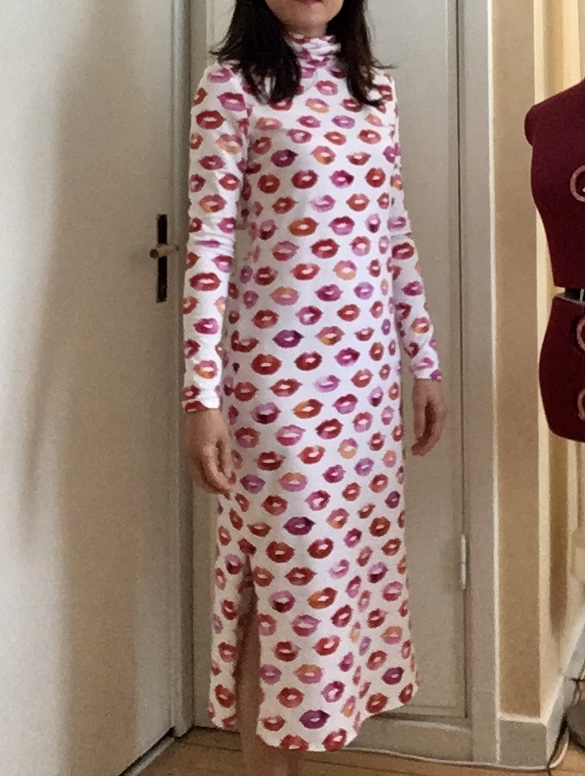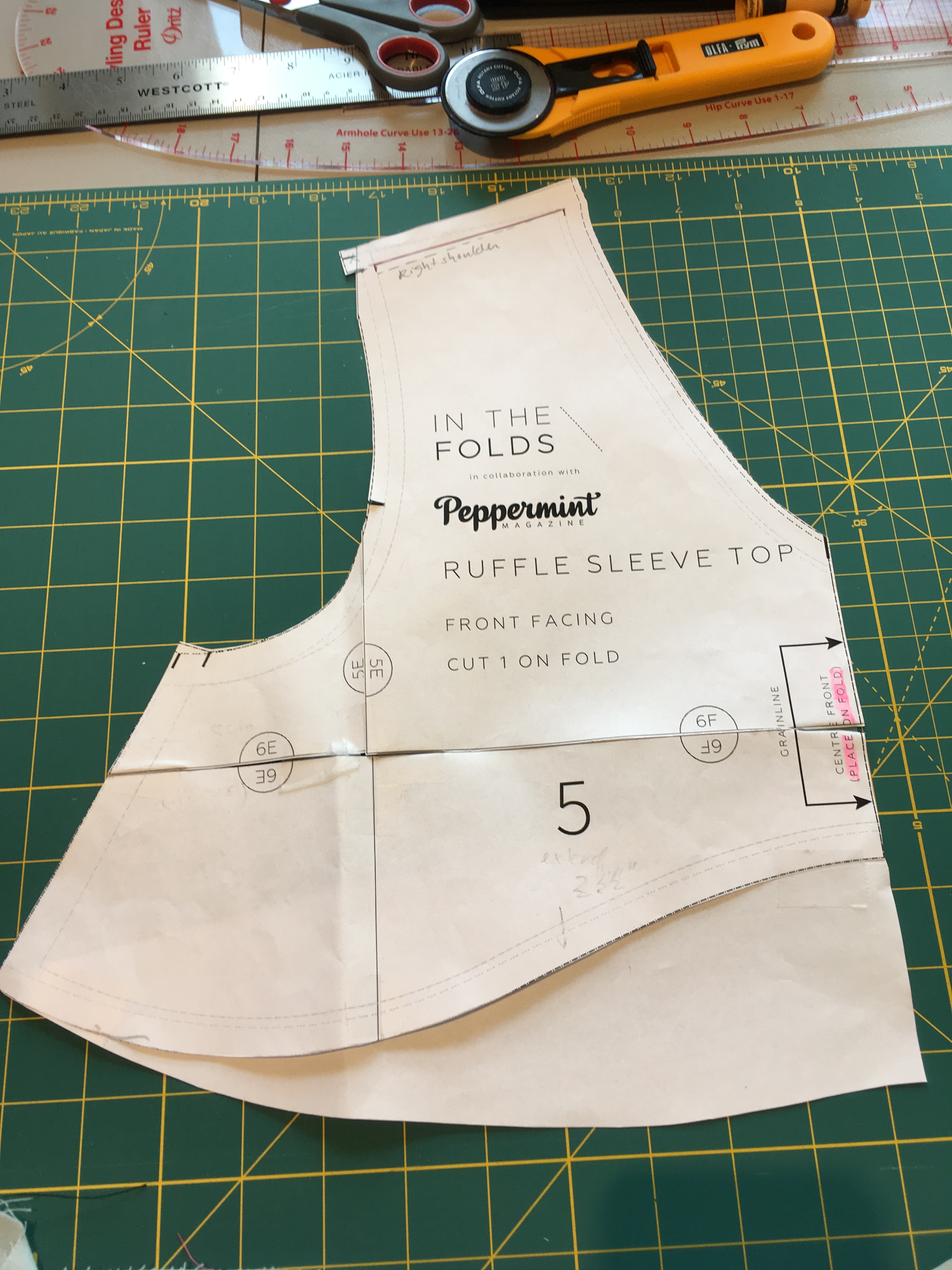The Viki Sews Cynthia blouse is one of those rare patterns where as soon as I saw the pattern, I had to buy it!

I’ve been looking for an oversized striped dress shirt, but due to my short torso, most oversized shirts in stores tend to overwhelm my frame. Like this one from Arket would probably look more like a dress on me:

About Viki Sews
If you haven’t sewn with Viki Sews before, something to be aware of is that like many other Russian patterns, it comes in single size only though there are 4 height ranges (no nested sizing). In other words, if you need to grade between sizes, you don’t have the possibility to sketch a smooth line between sizes as you would with nested patterns. The other thing to be aware of is that as it is a Russian pattern company, all measurements are in cm.
One tip: I purchased my pattern through The Fold Line and by doing so, you get all heights for the size purchased. Though as mentioned, the sizes are not nested.
Interfacing woes
I started sewing this shirt back in August 2021 but as I’ve mentioned before, I spend most of my sewing time thinking. I basically stopped when I got to assembling the collar and sleeve placket. The biggest hurdle for me is knowing when to use interfacing or not – I feel like I’ve “ruined” so many shirts by using too much or too stiff interfacing. I guess it comes with experience. (Or buying fabric and being willing to make extra samples?)
In my previous blog post I mentioned how I had taken apart a ready-to-wear shirt to peek at how much interfacing they used.
Here I feel like I nearly got it right by using only half the interfacing in most places and skipping it on the arm placket altogether. I only wish I used extra on the collar stand.
Pattern review
Were the instructions easy to follow?
For the most part they were very clear for a beginner like me! There was one part where they missed a small step, but from the photos it was easy to see that there was a step inbetween. And in another instance I needed to google for a little help with the tower placket (since they used a solid fabric I couldn’t tell which was the right and wrong side in the instruction photos). But overall I’m quite pleased with the instructions, especially on how to sew and trim the collar.
What did you particularly like about the pattern?
The pattern came together beautifully! The design of the shirt has the perfect amount of oversize ease, and lends itself to styling in a lot of different ways. Interestingly the back pattern piece is slightly narrower at the top than the bottom hem, which makes the garment “swing” forward.
I also like that they use 1cm (3/8”) seam allowances, garment measurements in the instructions, very good instructions.
I will definitely be looking out for more Viki Sews patterns in the future!
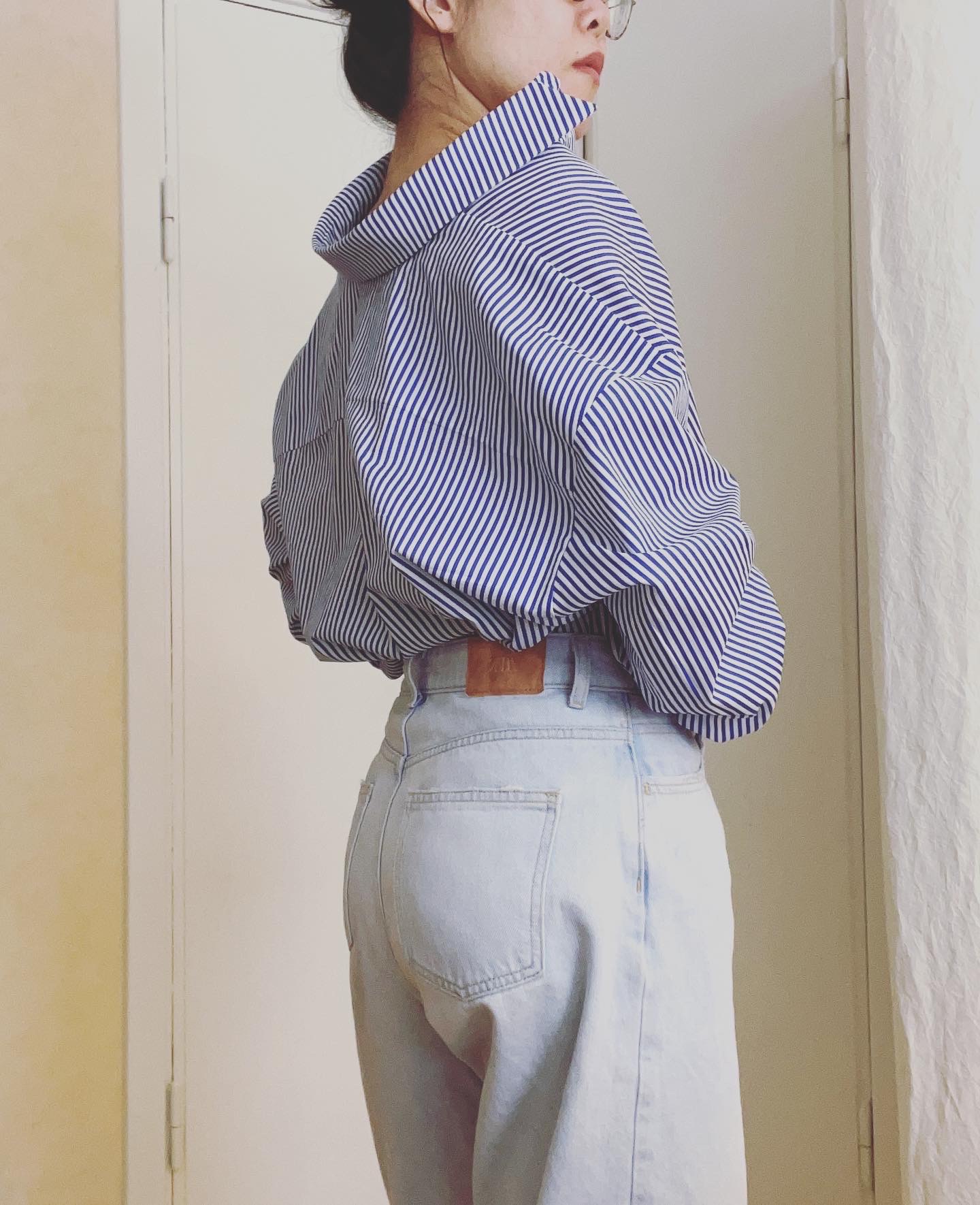

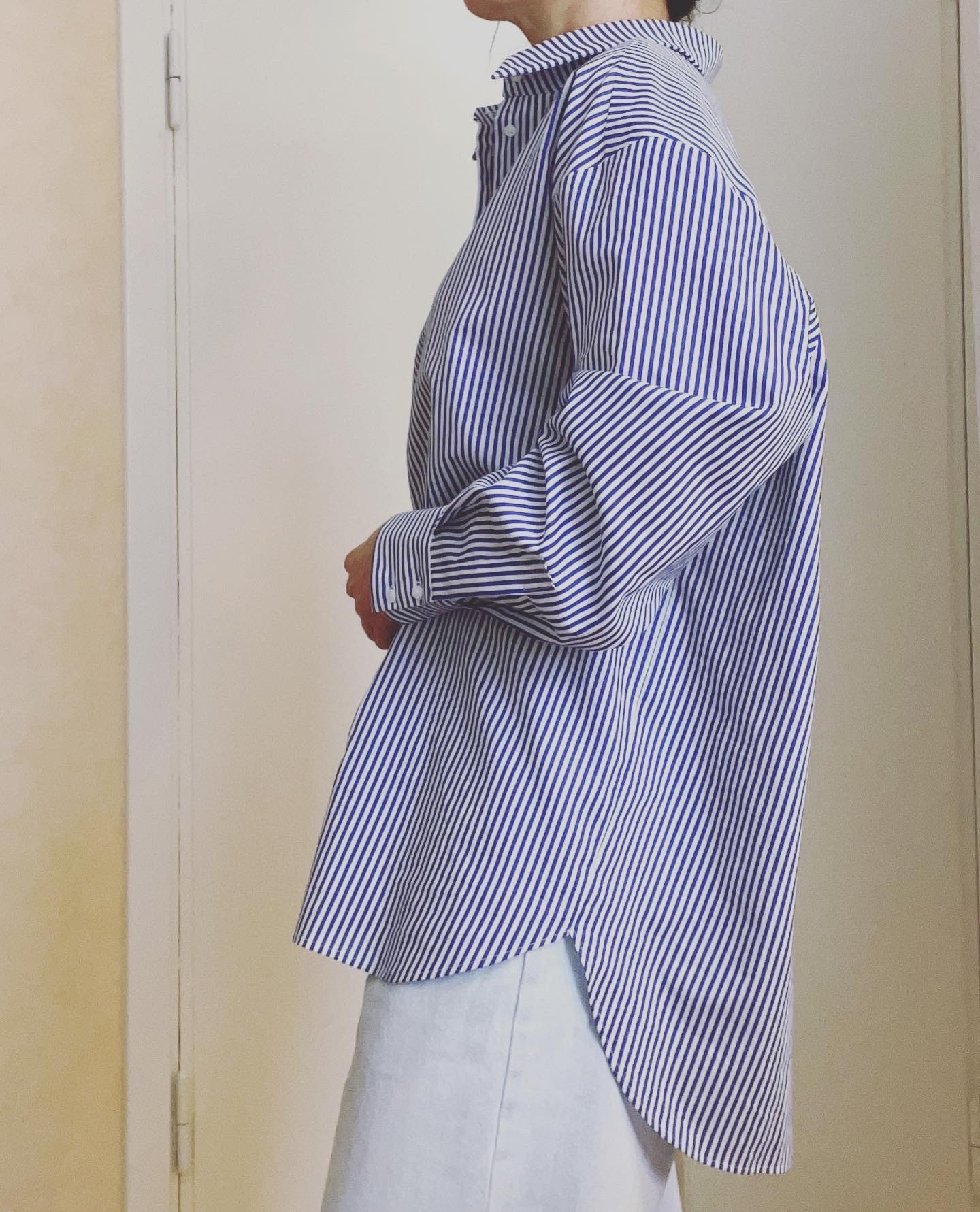
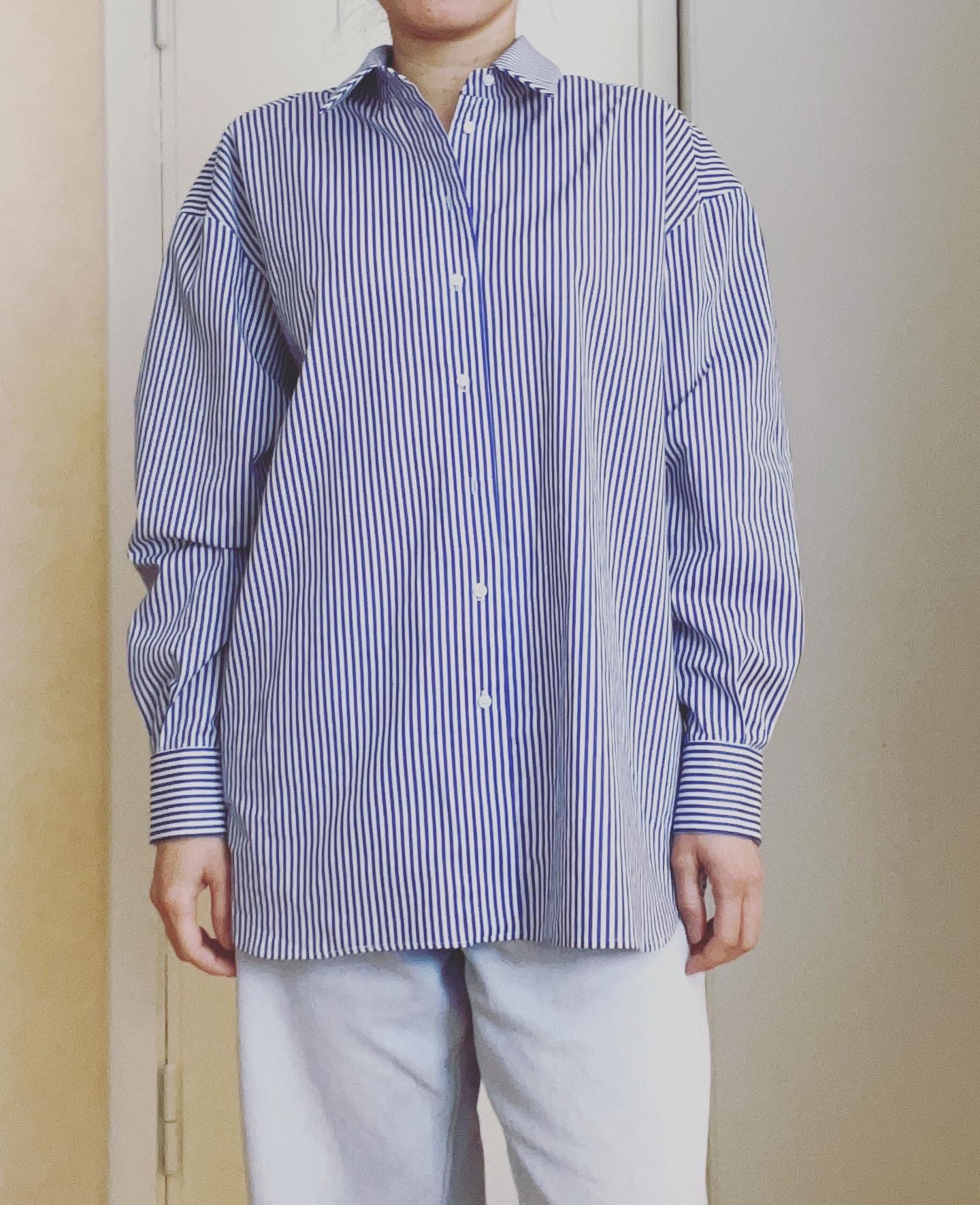
What did you dislike about the pattern?
The order of construction doesn’t lend itself well to making fit adjustments during sewing.
Fabric Used:
2.0m x 130cm cotton shirting from Mood in New York. So beautiful to work with! Life is too short to sew with bad fabric.
Pattern / alterations notes
I made a size 36 and a mash up of height 1 (154-160cm tall) for the body length and 2 (162-168cm tall) for the arms (since I have a short torso with regular/longish arms). I ended up shortening the arms by 1cm but only to fix a mistake I made during sewing.
The model has the arms pushed all the way up to her forearms, but I think this would make the cuff too wide when in the normal full length position (unless you were to add another set of buttons). I read someone else thought that the cuffs were quite narrow, though I have very skinny wrists.
Construction notes
Used French seams to finish the arms and the body, as the body is cut straight.
Used lightweight knit interfacing. Skipped interfacing on the sleeve tower placket. Single interfacing only on all other areas except the cuff. However, next time I’d interface the collar stand as it’s a bit wimpy.
Didn’t use my roll hem foot, as the curve was so steep that it was easier to sew a line of stitching and fold over instead.
Possible modifications to make / next time?
Maybe deepen the curved hem at the sides so I can tuck in the front only. Right now the front tuck is a little messy. For now I’ll live with the shirt a little since I’m kind of dreading taking apart the sides again, given that I’ll have to work carefully and quickly to avoid the side French seam unravelling.
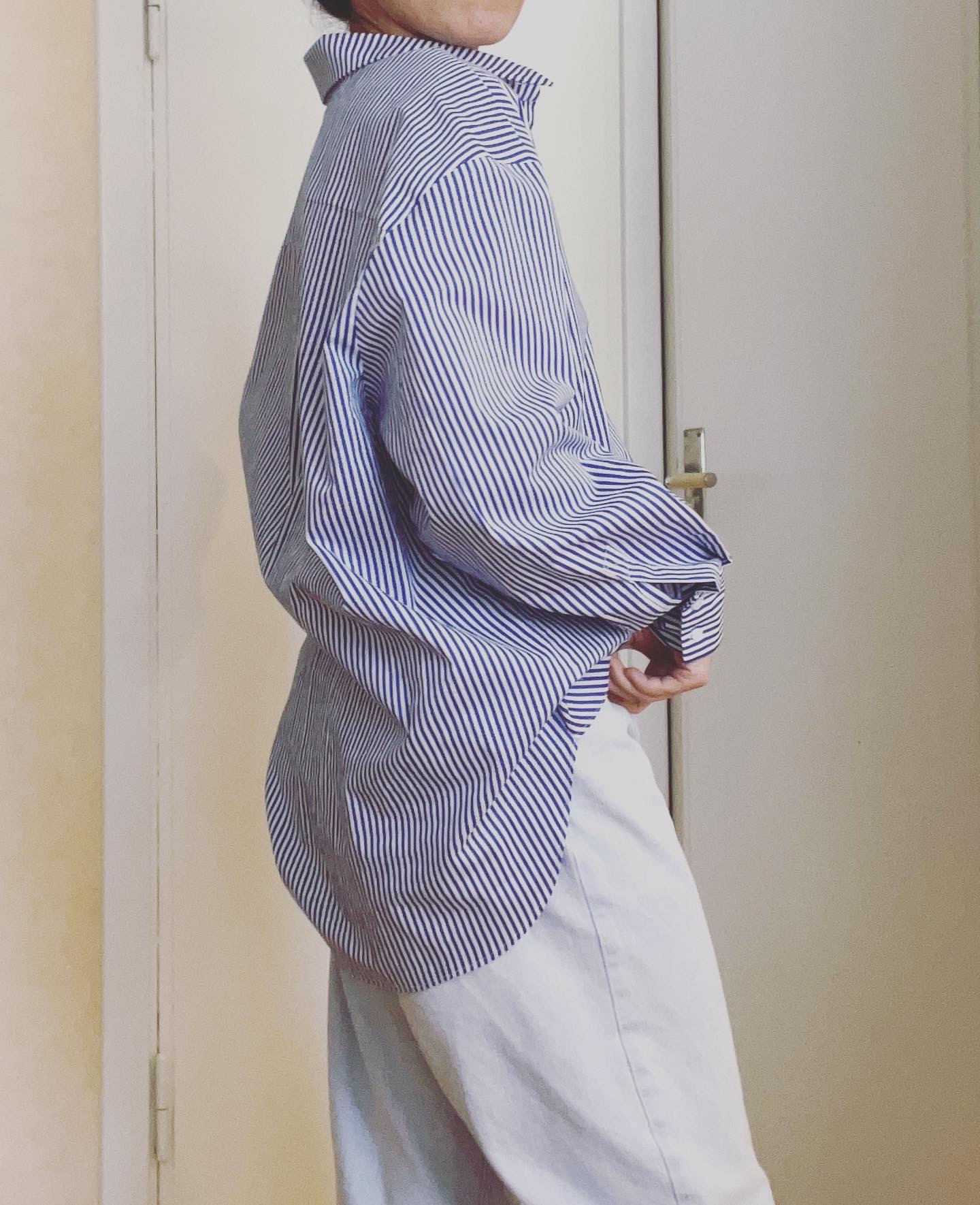
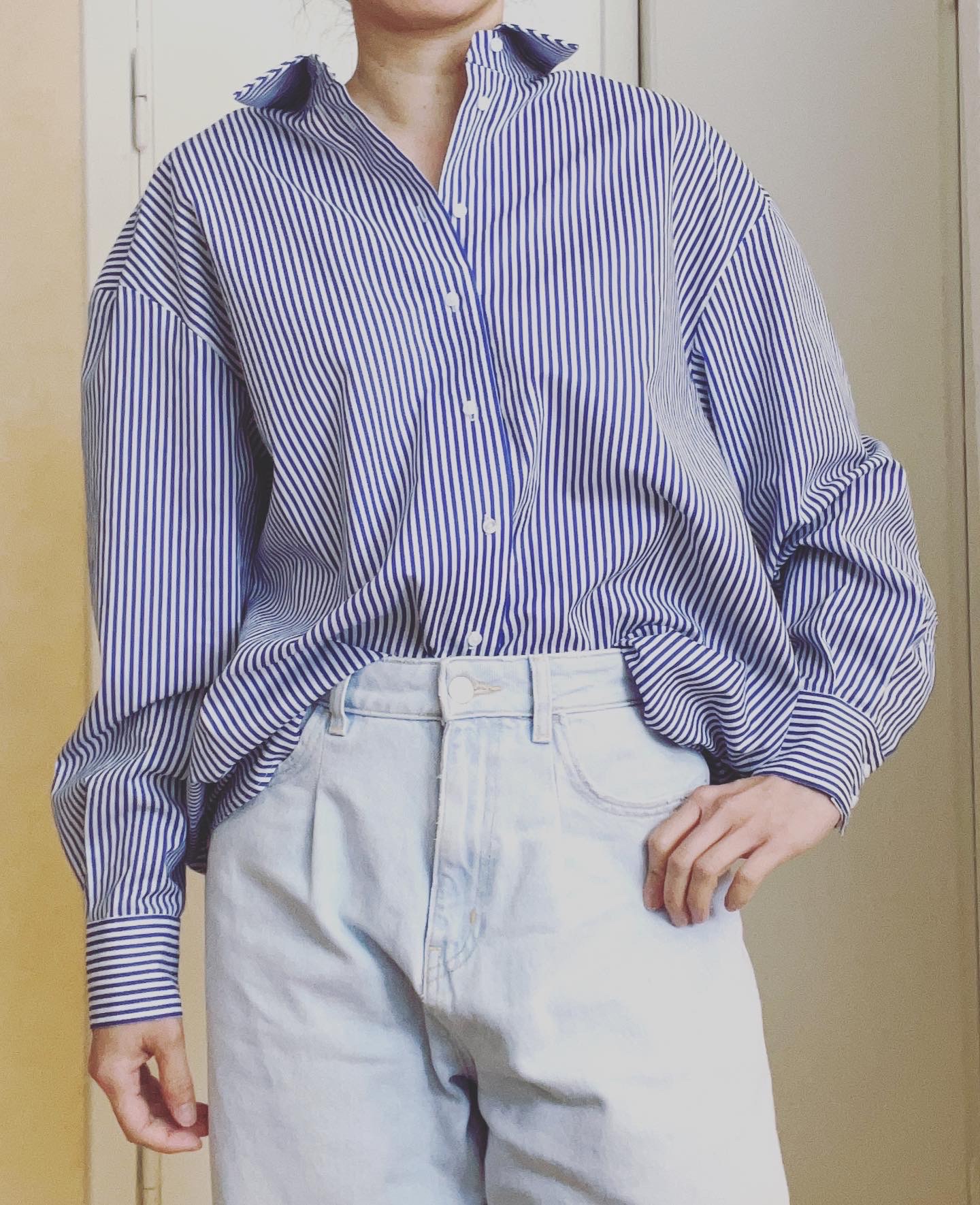
Would you sew it again? Would you recommend it to others?
Absolutely recommend if you’re looking for an oversized shirt. For now I’m a little burnt out so it’ll be some time before I tackle another complex project.
Though I see the parts where I’ve made small mistakes, overall I’m extremely proud and happy with the result! This is definitely one of my best made projects and I can see myself wearing this all the time – from the office, to a dinner out, to a beach cover up, and styled in a lot of different ways. All that hand sewing, pondering about sizing and construction really paid off.
